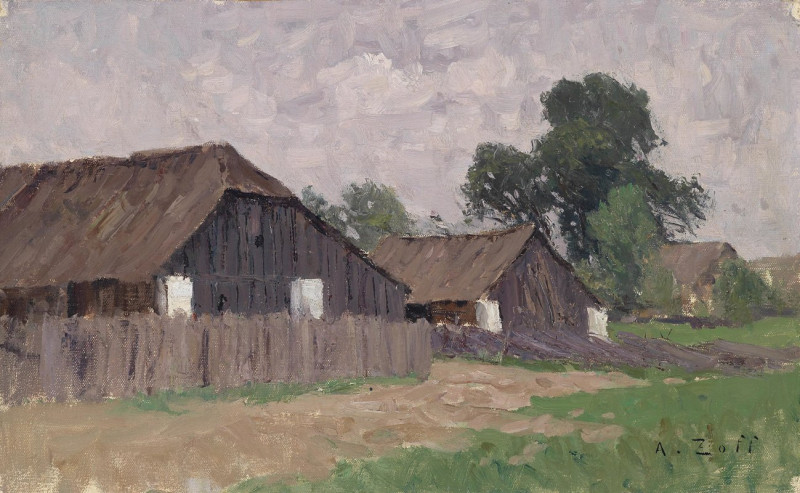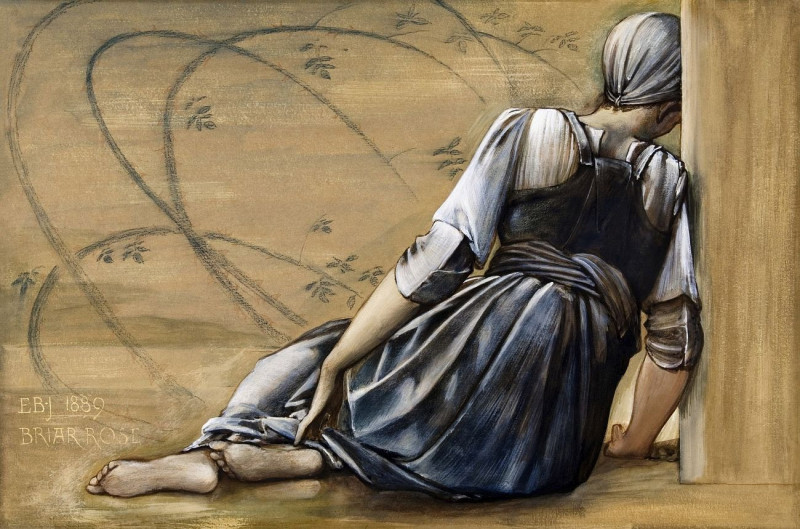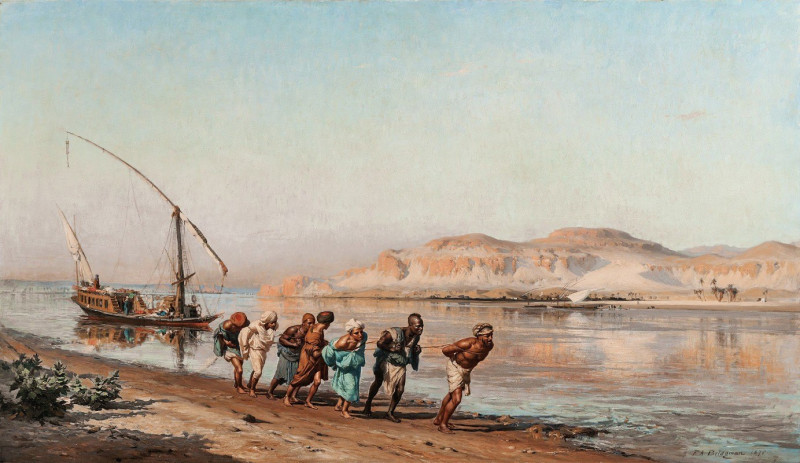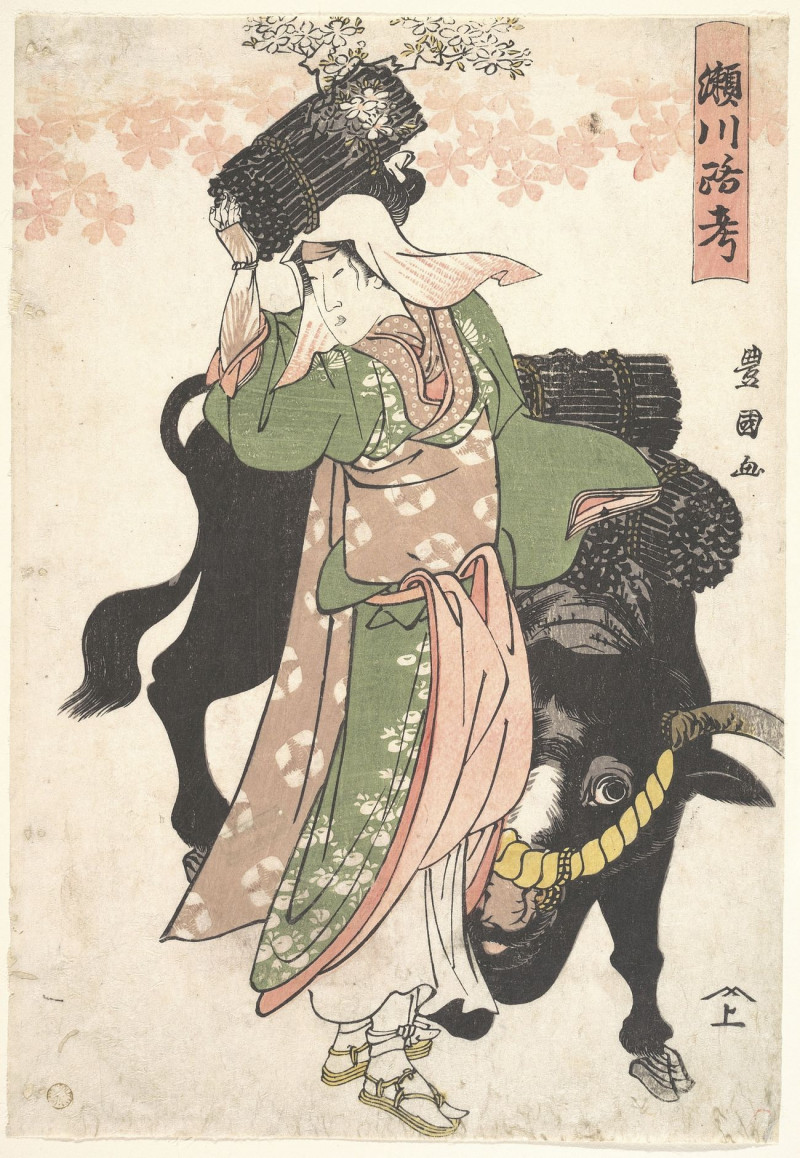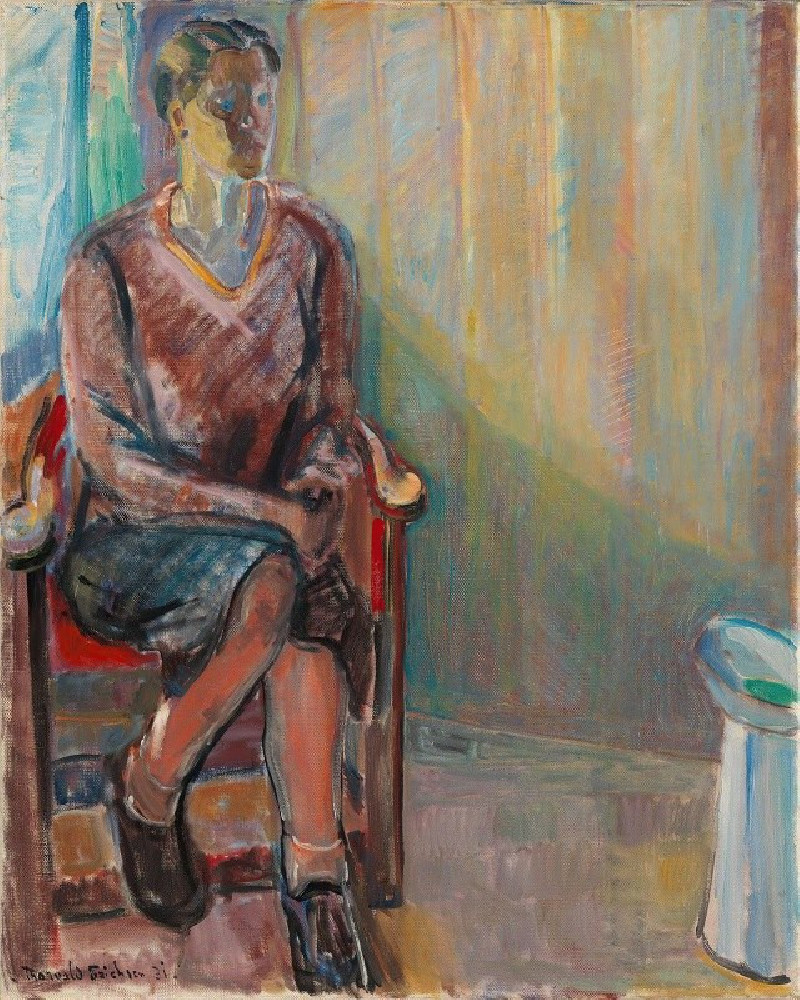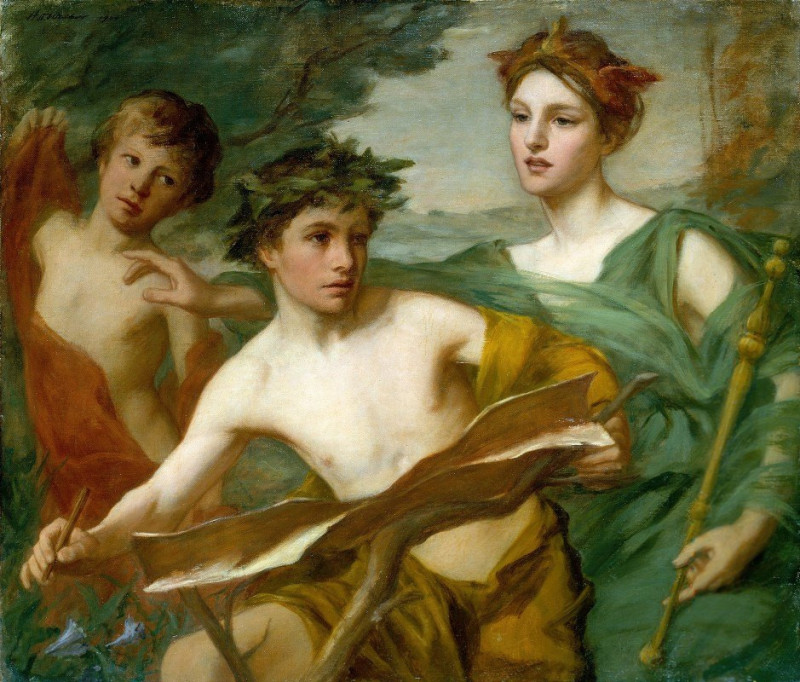Flirtation (1903)
Technique: Giclée quality print
Recommended by our customers
More about this artwork
"Flirtation," a captivating painting created by Udo Keppler in 1903, mesmerizes viewers with its vibrant interpretation of a humorous and satirical scenario. Featured on our website, this illustration vividly portrays the light-hearted yet pointed social dynamics of its era.The scene in "Flirtation" unfolds in an outdoor setting, possibly in a park, where three characters engage in a playful yet revealing social dance. On the left, a dignified man with a top hat and a sash that reads “Pennsylvania” stands slightly aloof, observing the central figures with a detached demeanor. This character's stance and expression suggest a mix of amusement and judgment as he watches the unfolding drama.At the heart of the painting is a flamboyant woman dressed in an extravagant gown with a plaid pattern and abundant frills. She turns her head with a coquettish smile, engaging directly with the viewer, drawing them into the scene. Her playful posture and the flowers tucked in her hair add to her charismatic allure, making her the undeniable focal point of the piece.Next to her, a man in a bowler hat attempts to grab her attention, his expression one of earnest endeavor. His forward-leaning posture and the animated motion of his hands indicate his enthusiastic, if somewhat comical, attempt to interact with the woman.Udo Keppler, known for his satirical style, uses "Flirtation" to critique and entertain, reflecting social customs and the complexities of human interaction. The exaggerated features and expressions of the characters enhance the comedic element, inviting viewers to reflect on the nature of social exchanges and flirtations during the early 20th century.
Delivery
Returns
Udo J. Keppler, since 1894. known as Joseph Keppler, Jr., was an American political cartoonist, publisher, and Native American advocate. The son of cartoonist Joseph Keppler (1838–1894), who founded Puck magazine, the younger Keppler also contributed to cartoons, and after his father's death became co-owner of the magazine under the name Joseph Keppler. He was also a collector of Native American artifacts.

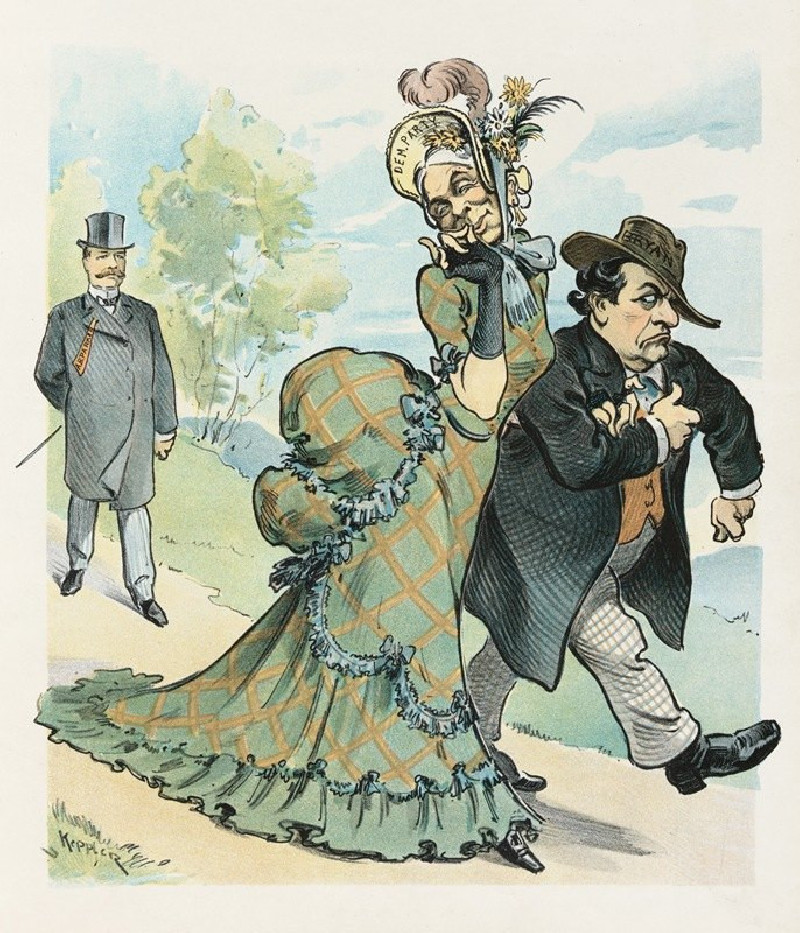
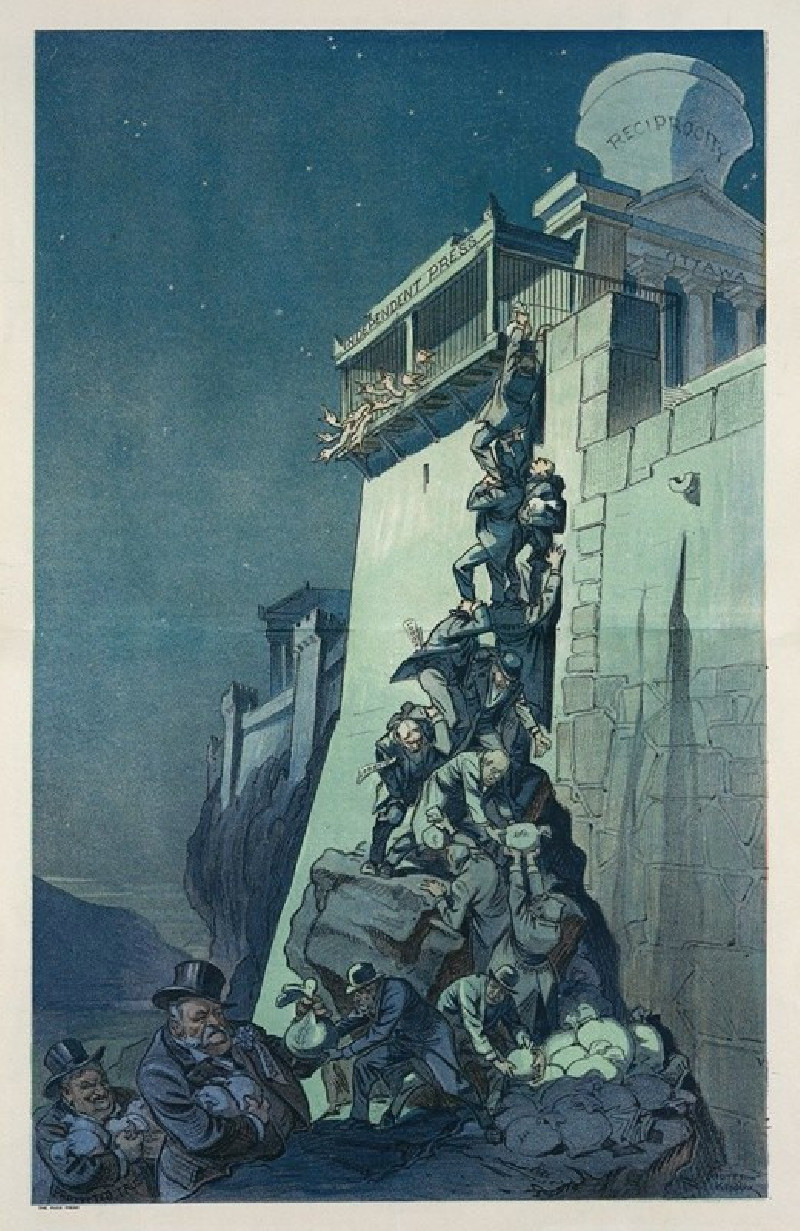

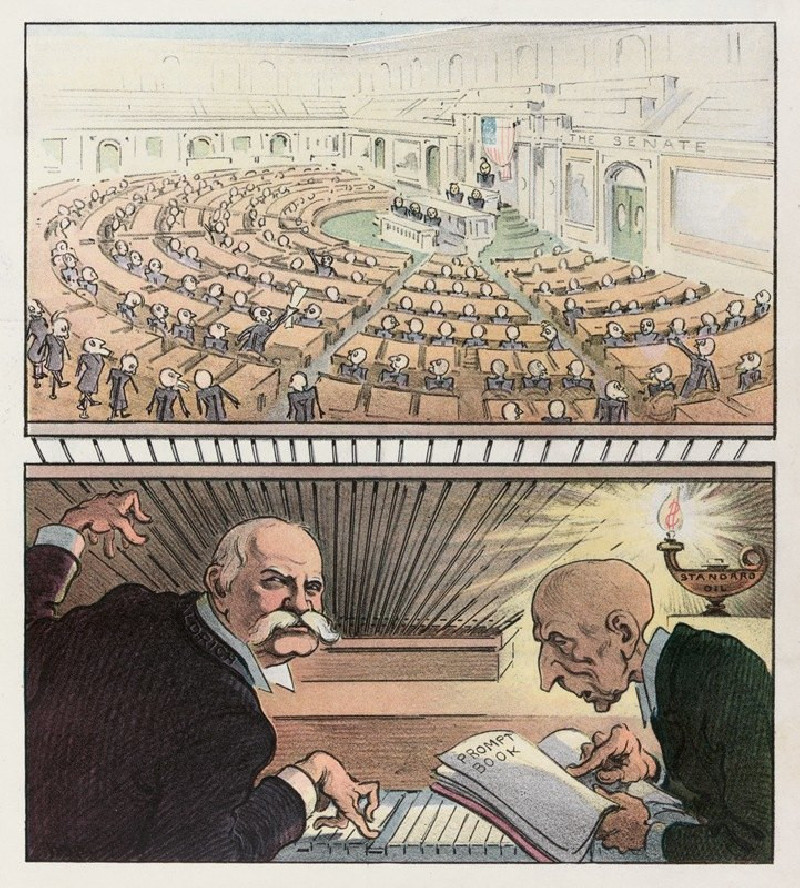
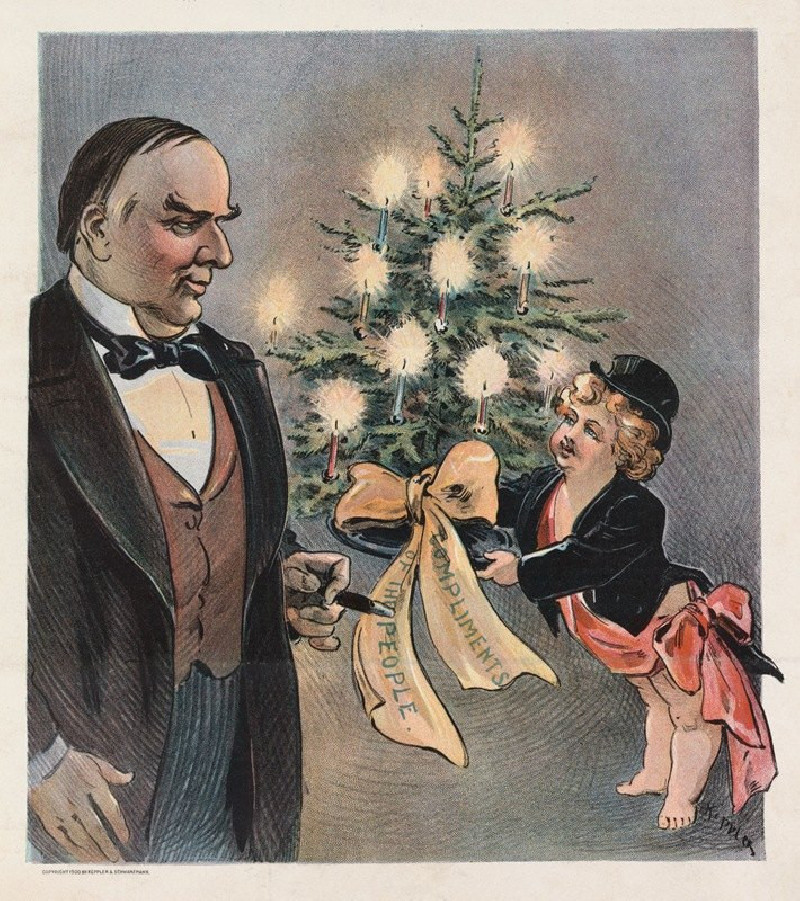

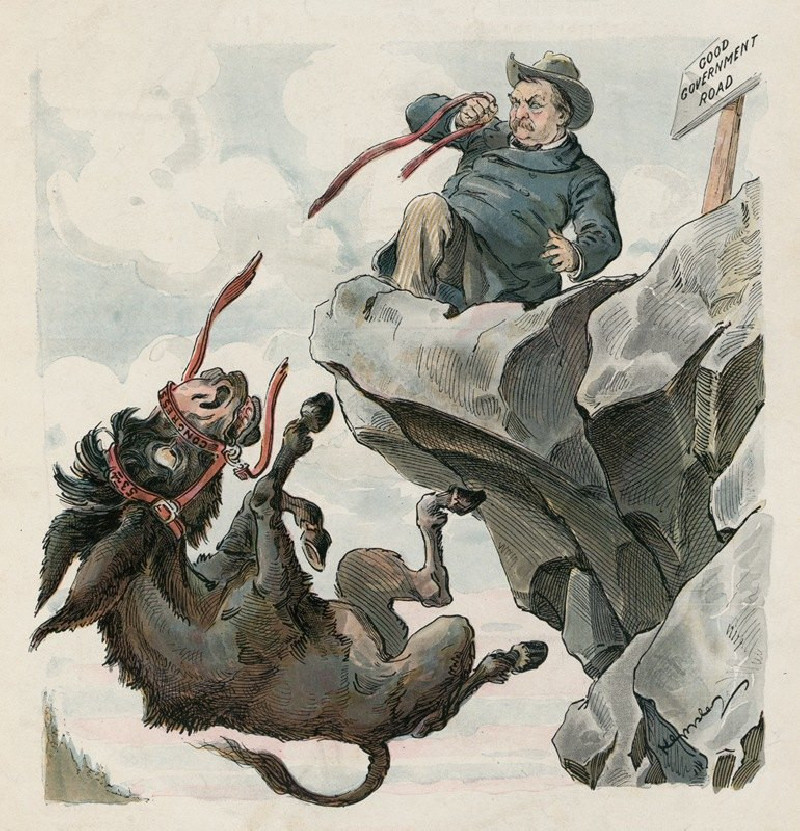

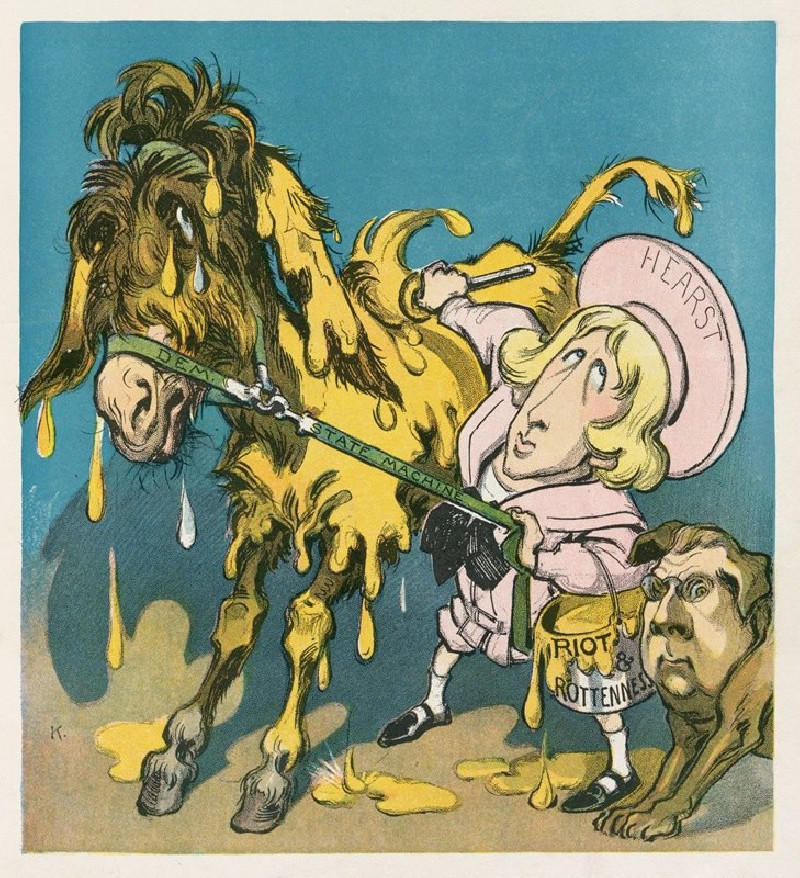
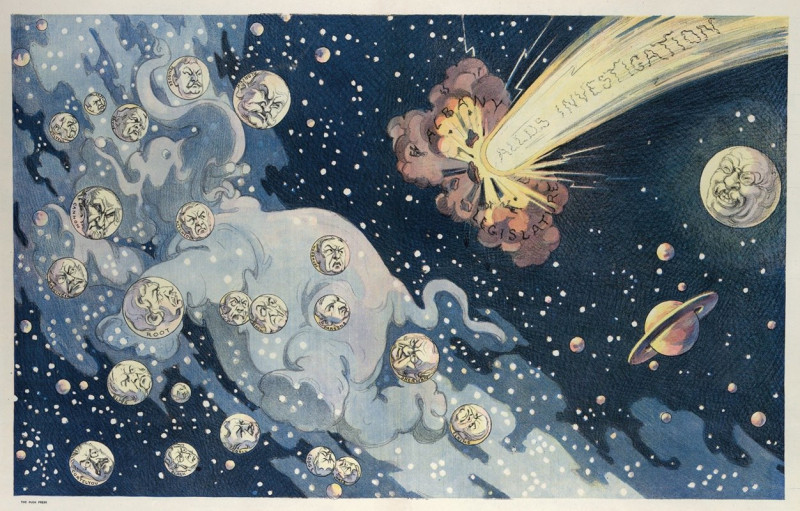
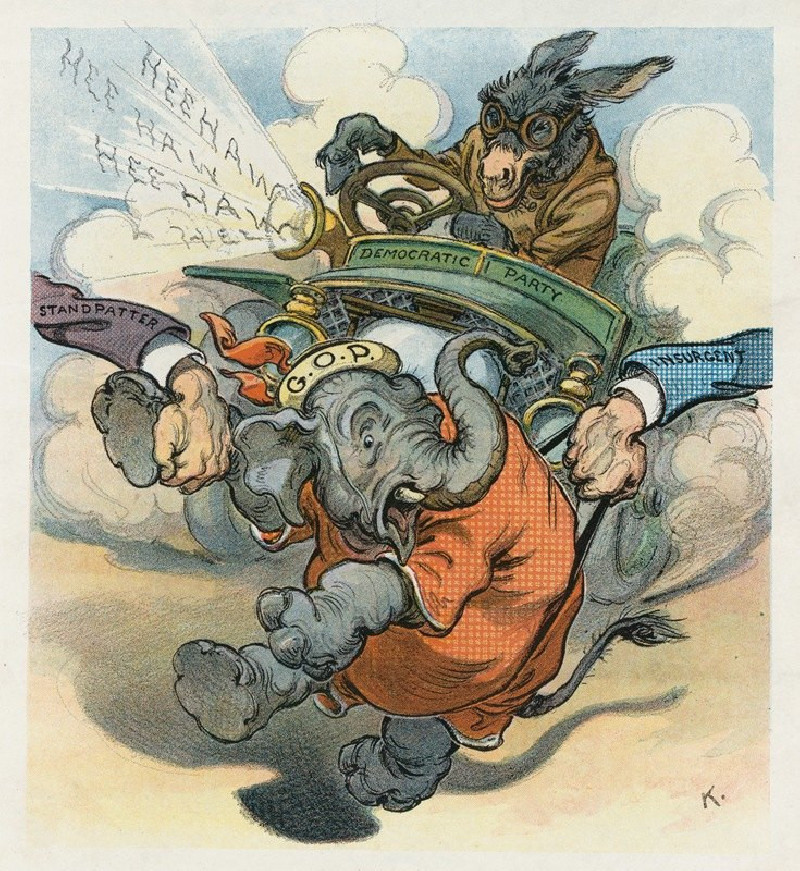
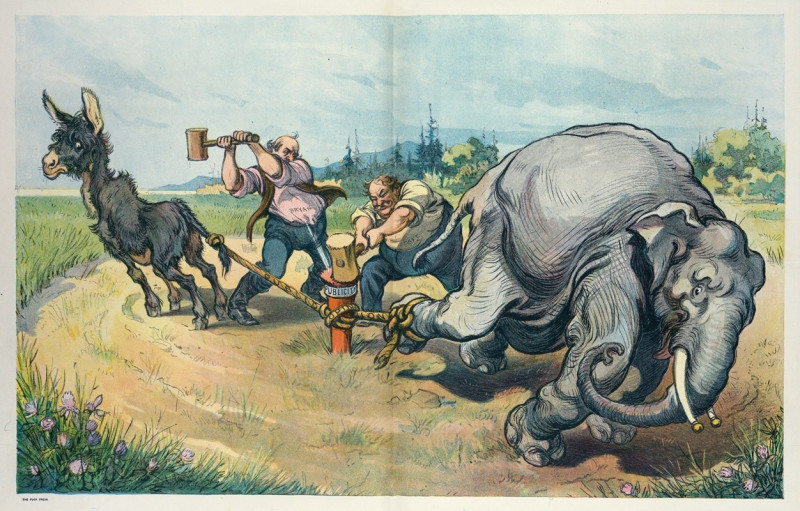
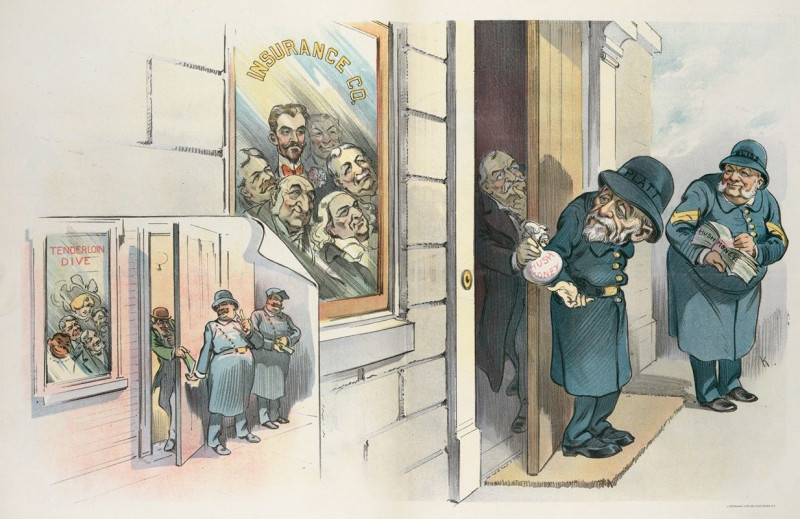

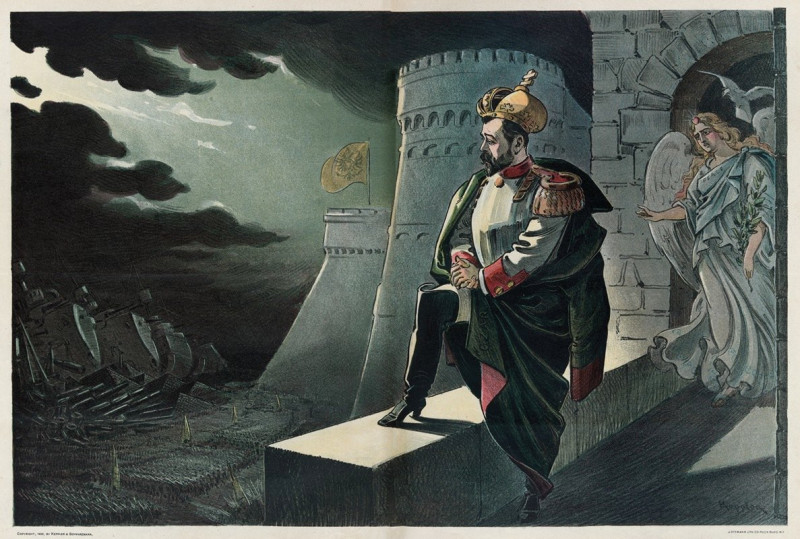

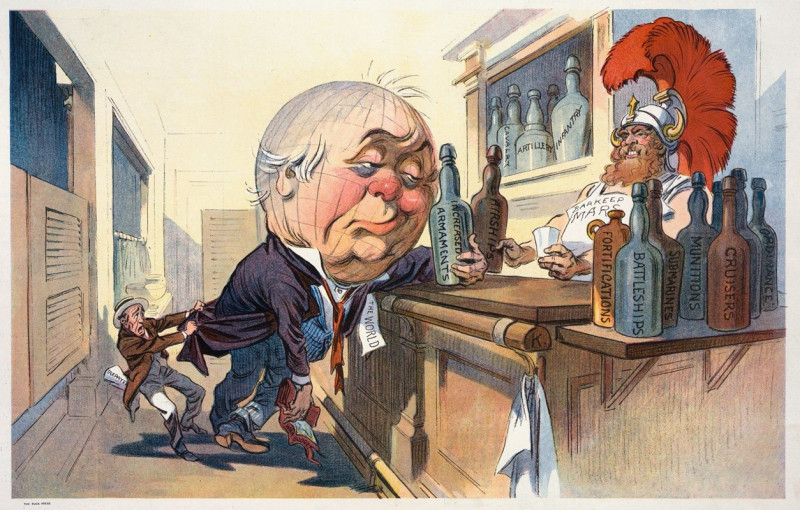

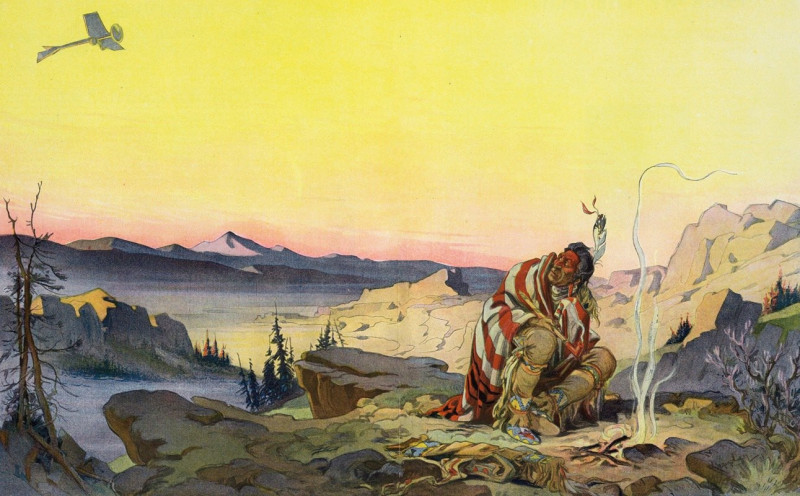
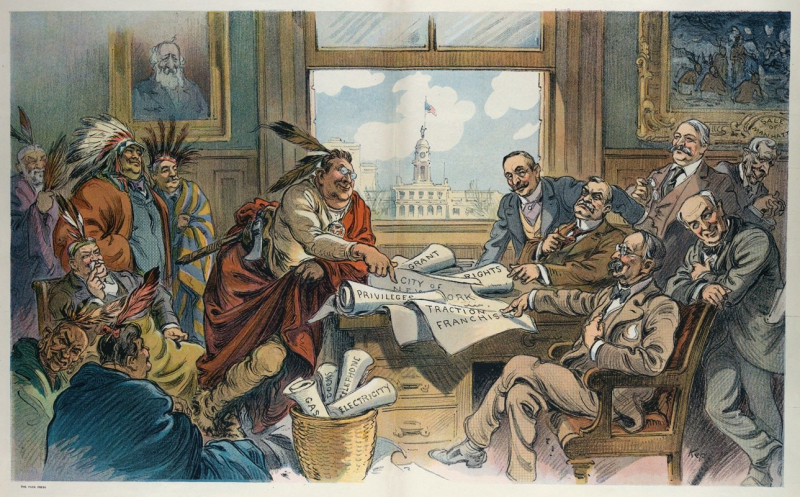




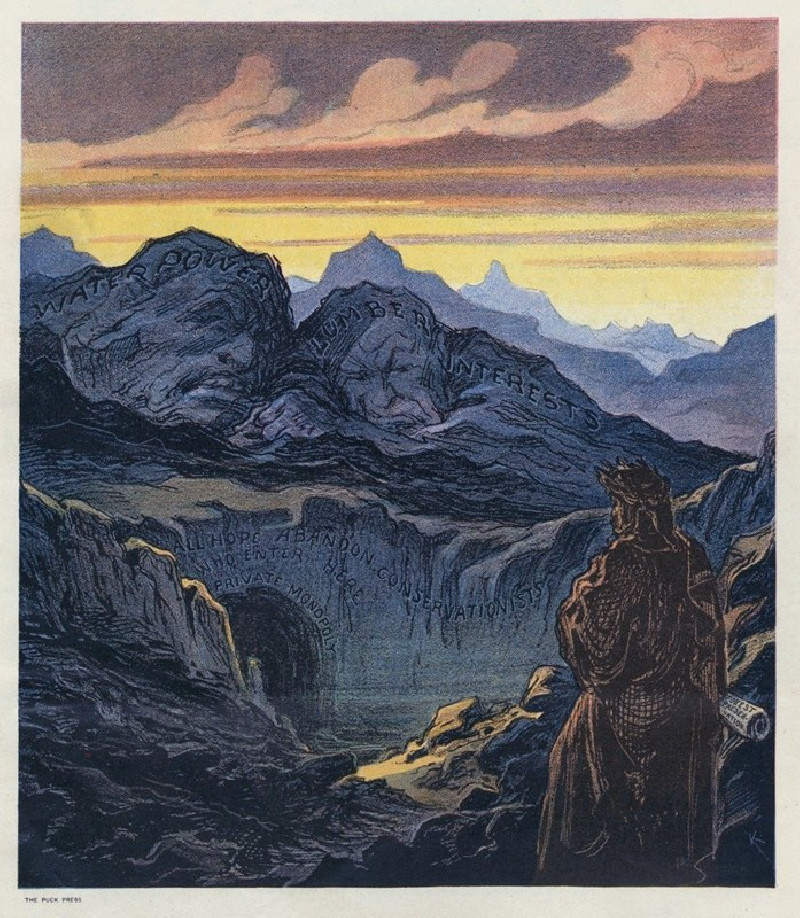
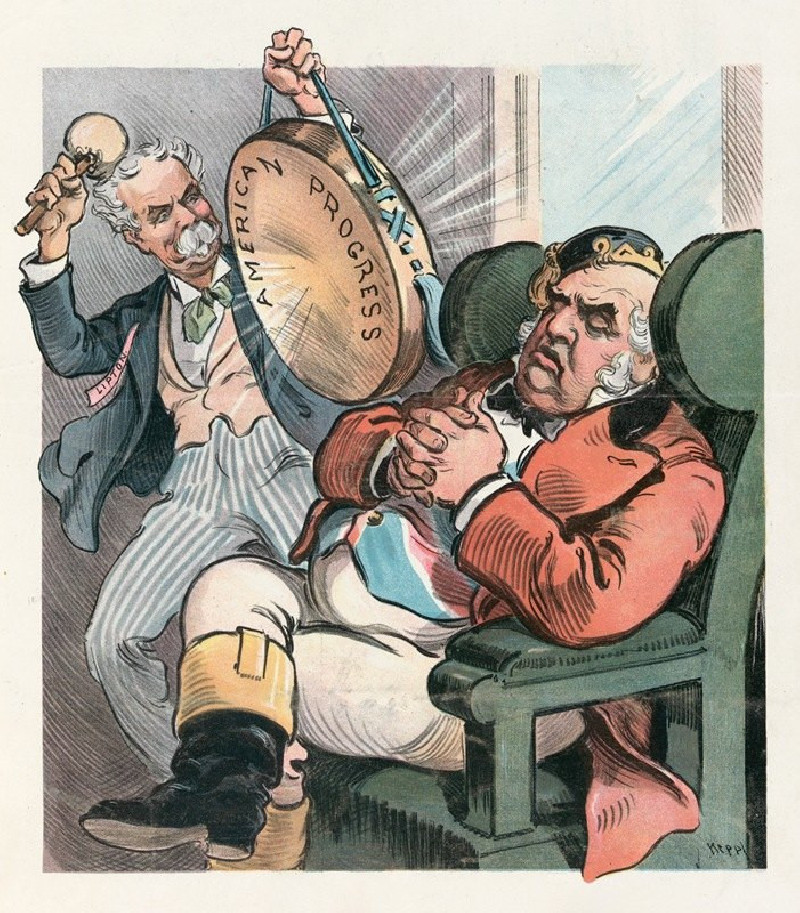
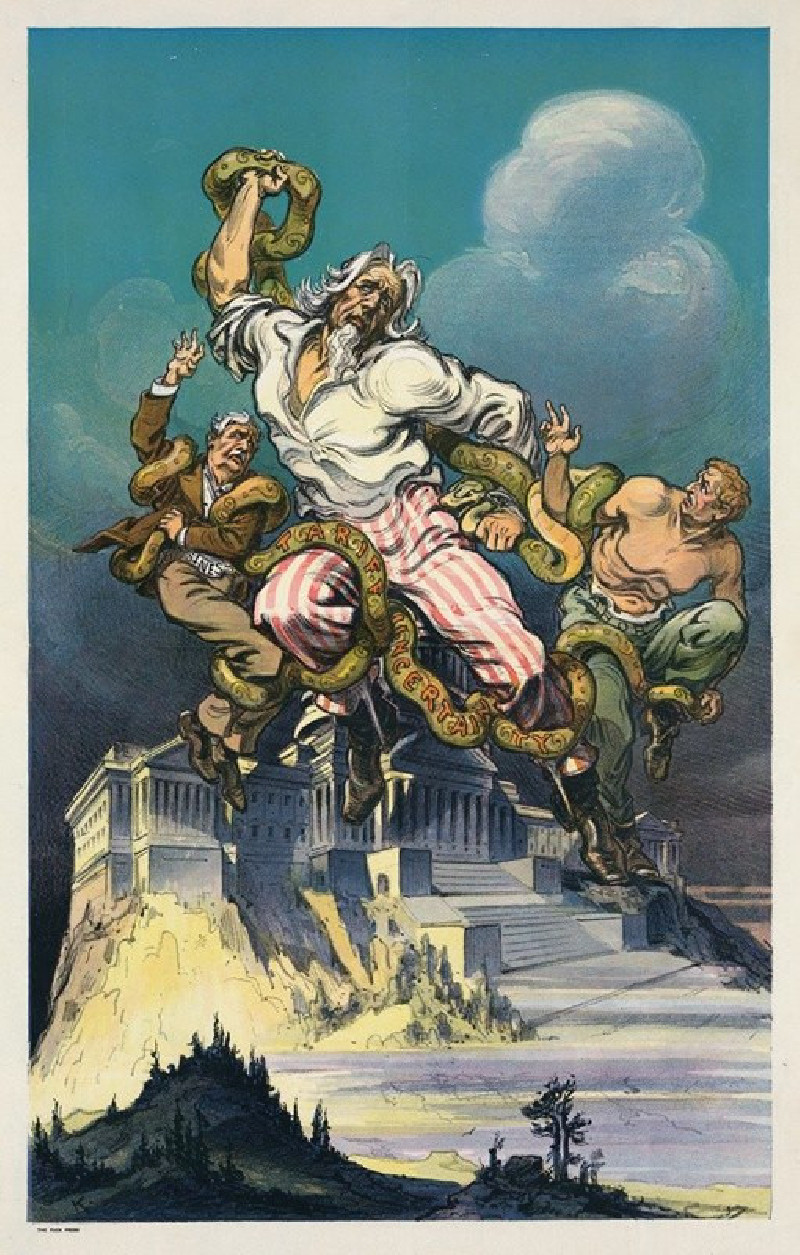


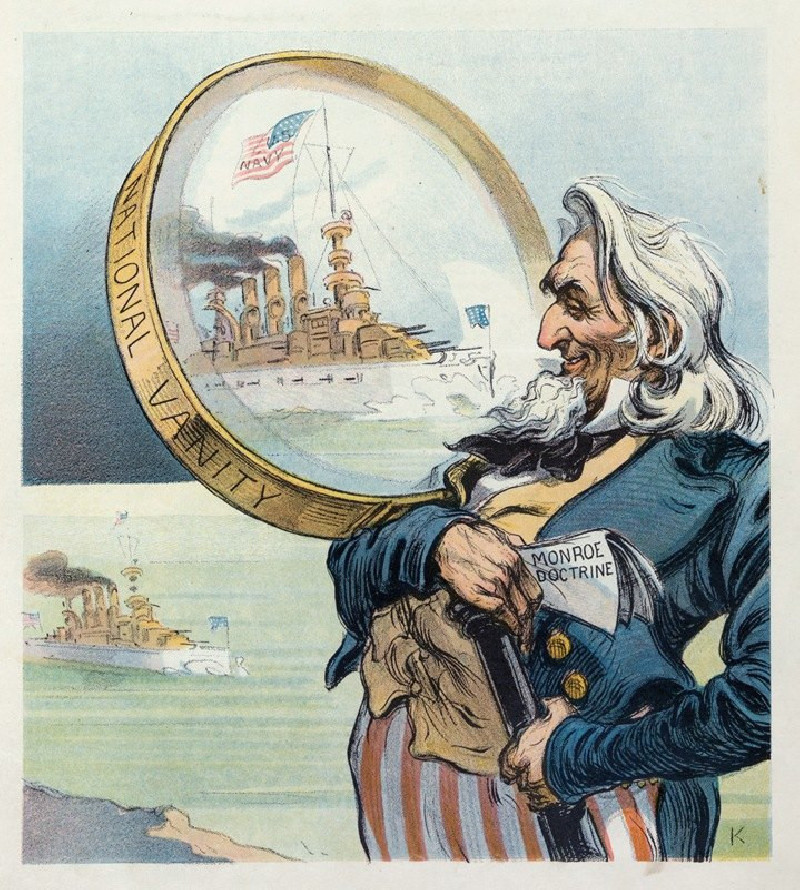
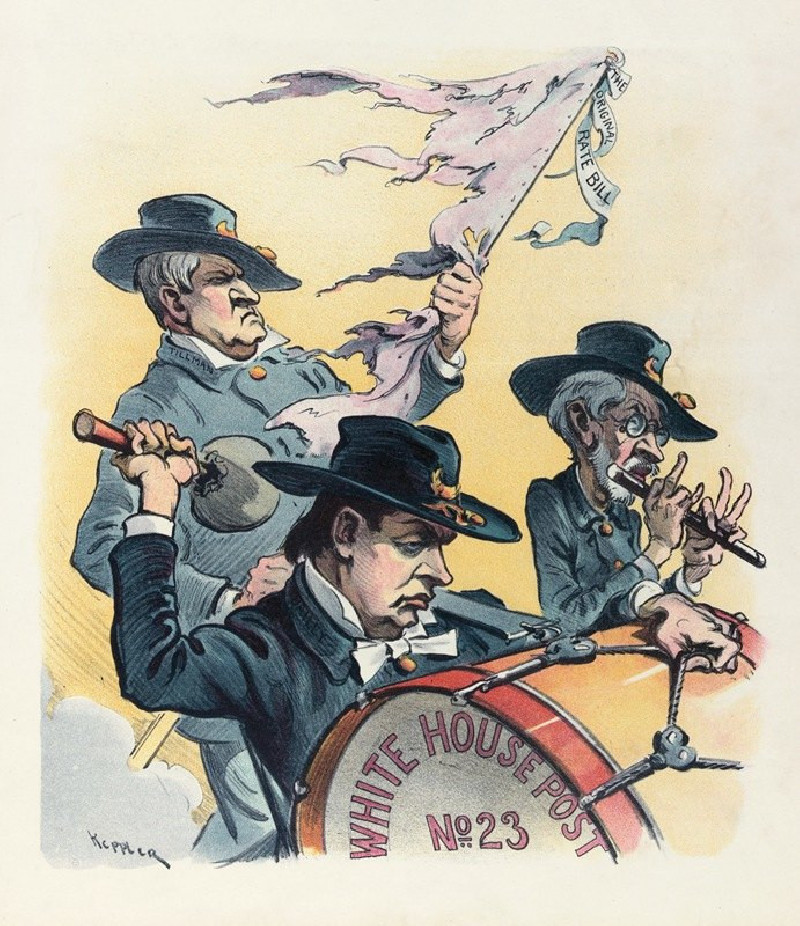

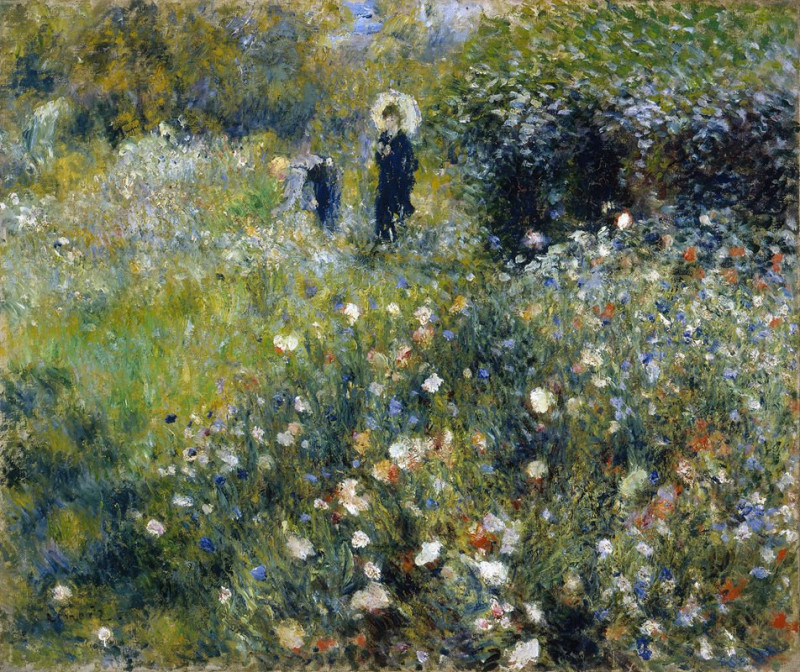
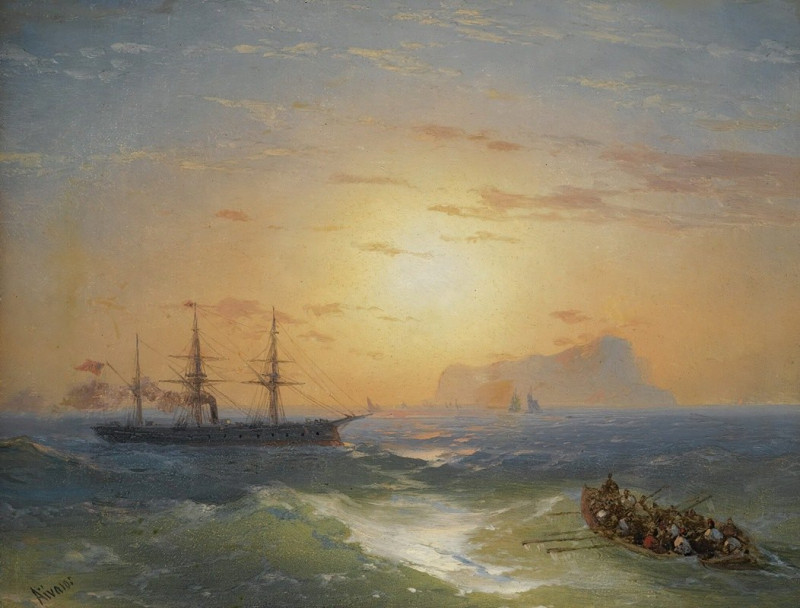

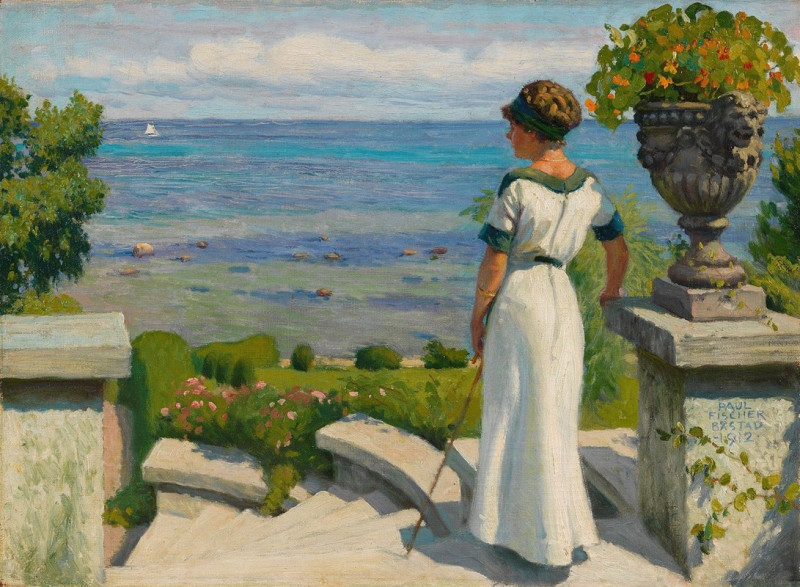


![Dépôt de pavés à Montmartre [Paysage à la charrette] (1889) reproduction of painting by Maximilien Luce. ALL GICLEE PRINTS](https://reprodukcijos.lt/40126-large_default/reproduction-of-depot-de-paves-a-montmartre-paysage-a-la-charrette-1889.jpg)


